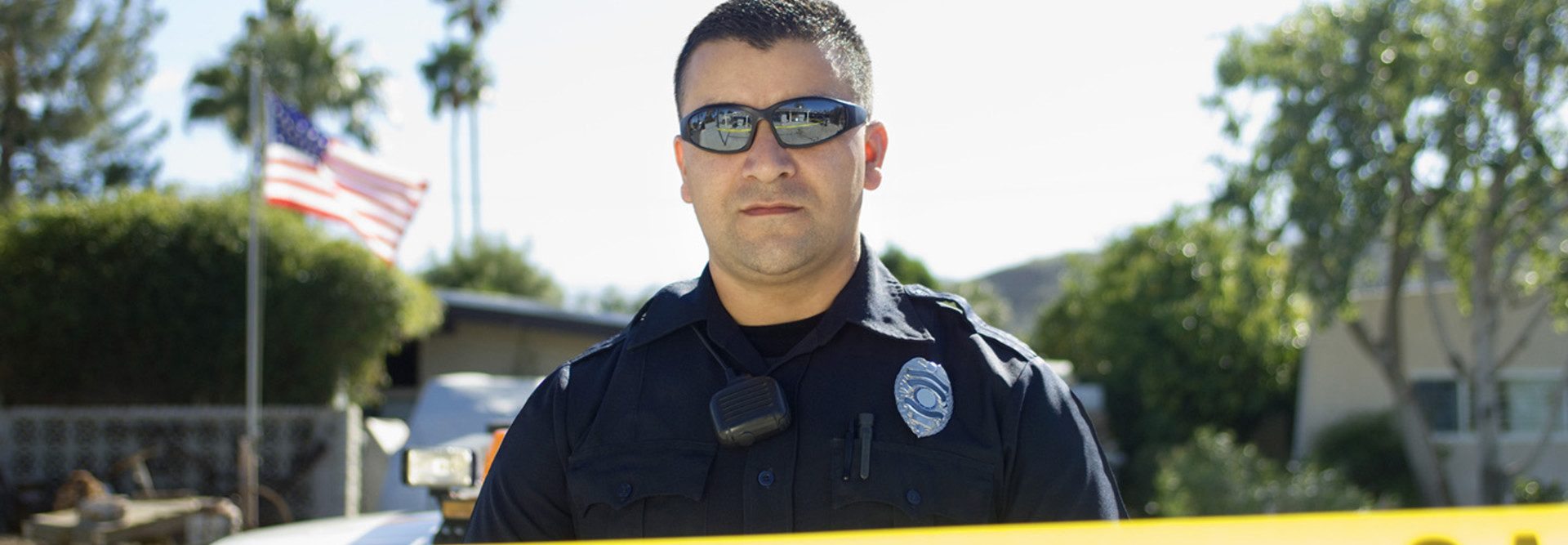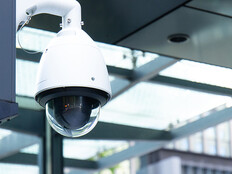3D Scanning Gives Law Enforcement Agencies More Than Just the Big Picture
When it comes to impressing jurors, crime scene investigators are feeling the pressure to live up to the high-tech expectations set by TV shows like CSI: Crime Scene Investigation.
“The jury wants the crime scene unit to come to court and do the CSI stuff they see on TV. And if we don’t, they are totally disappointed. If we don’t wow them with what they call the CSI factor, they’re not interested,” says Lt. Anthony McConnell of the Crime Scene Unit at the Harris County (Texas) Sheriff’s Office.
Thankfully, 3D scanning not only impresses jurors with the latest cutting-edge technology, but also allows for hyper-realistic crime scene analysis, which lets state and local law enforcement agencies provide evidence in incredibly specific detail.
“If you want a detailed photo of the headstamp of a shell casing, to show that it’s a .40-caliber round, you can do that,” says McConnell. “If we measure by hand, we’ll have a couple hundred measurements. In a small scene on a scanner, you’re going to have millions of measurements.”
The Harris County Sheriff’s office received its 3D scanning system last June, as a gift from the Harris County Sheriff’s Foundation. The department received 80 hours of training on the system and within the first couple of months had used the system about 10 times, says McConnell.
The 3D scanning technology makes the crime scene real for jurors by putting in the shoes of different people involved in the crime.
“We’re not only helping jurors walk through the scene, we’re putting the jury on the scene at the time and in the shoes of the witness, the suspect or the officer,” he says.
3D Scanning Is An Evolution of Photography
For years, law enforcement has increasingly relied on photography and camera technology to do its work. Whether with mug shots, traffic cameras, body cameras or video surveillance, having the ability to document and recreate incidents is key to fulfilling the mission of public safety.
While 3D scanning might seem like an out-of-this-world, futuristic technology, it is in many ways merely a natural next step in photo technology.
“It’s kind of interesting to think that if video is an evolution of photography of time, 3D scanning is an evolution of photography of space,” says Drew Cox, CEO of Matter and Form, a vendor and manufacturer of 3D scanning technology.
The category of 3D scanning is broad, with varying levels of sophistication and expense depending on the use case. The scanners most often used to recreate crime scenes are typically high-end devices that stand on a tripod and have a maximum instantaneous scan speed of up to 50,000 points per second. The scans are managed by specialized software and are transmitted and manipulated through a tablet or a notebook computer, says McConnell.
Crime scene investigators “have a handheld tablet so they can see it being scanned and they can see that they’ve got it before they leave the scene,” he says.
But even consumer-level 3D scanners, such as desktop scanners, have been used in law enforcement. Cox recalls a forensics team using the company’s desktop 3D scanner to recreate dental molds needed for a case they were working on.
The company’s latest product, the Bevel, is an accessory that allows anyone with a smartphone to have the power of 3D scanning in their hands. The product as it currently exists isn’t suitable for direct use by law enforcement, says Cox, but if you consider how evidence gathering and policing have been impacted by citizens armed with smartphone video cameras, you can imagine how technology like this might begin to shape law enforcement in the long run.
“Bevel can be a tool of security. If you add facial recognition and 3D photography to that, there can be a depth of security,” adds Cox.
More Police Departments Get on Board
While it’s still a relatively new trend, the use of 3D scanning in policing has been steadily growing for the past few years. In 2012, for example, the Davenport (Iowa) Police Department made the leap to 3D scanning, according to a report from the Quad-City Times.
More recently, the Niagara County (N.Y.) Sheriff’s Office also made a significant investment in a 3D scanning solution with the hope of improving the accuracy of its crime scene investigation operations, according to a report from the Lockport Union-Sun & Journal.
The ability to recreate and precisely speak to evidence from a crime is invaluable to the work that law enforcement agencies do. Modernizing their investigative tools and operations with technology like 3D scanners allows police to not only keep up with the times, but also step a little bit into the future.
“It’s far better than anything there was 10 years ago,” says McConnell.









